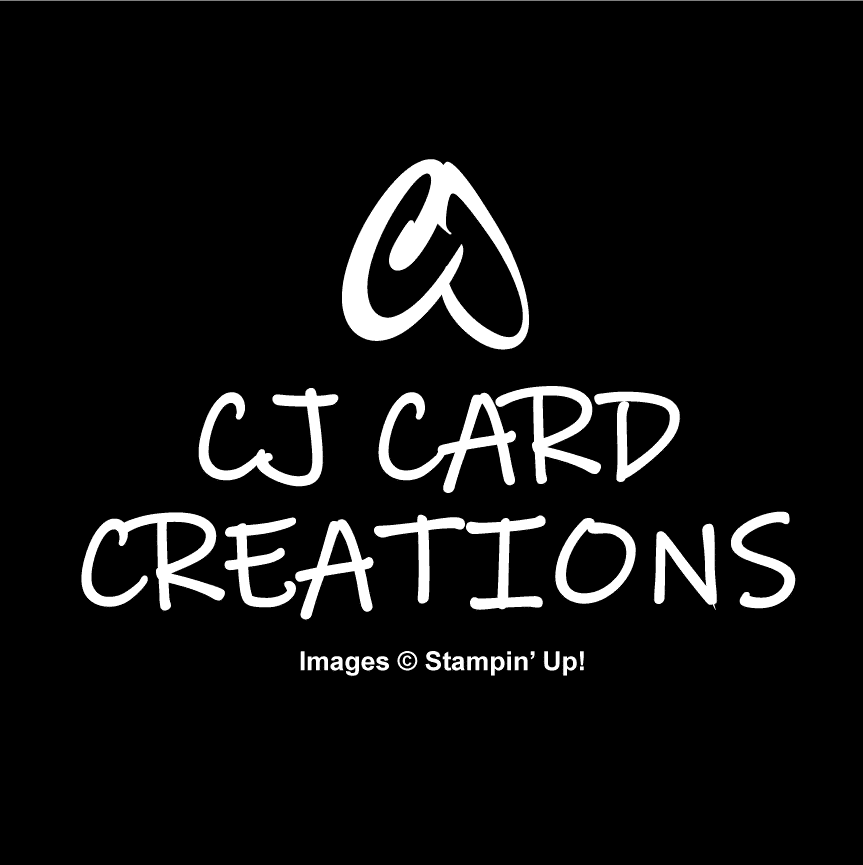Ribbon is an easy way to take your project beyond “just a card.” Stampin’ Up!, which is known for its color coordination, carries ribbons that match the ink/cardstock colors! Being able to decorate a project with a coordinating ribbon gives your project a polished look when it’s complete.

Stampin’ Up! ribbons are available in many colors, as I mentioned. There are also many different materials, textures, and styles, so you always have a ribbon for your needs.
I find the Linen Thread and Baker’s Twines to be the easiest ribbons to work with. Tying a bow is very similar to tying your shoes, so you won’t feel like you’re having to learn a new skill just to decorate your card. Whether you tie a bow directly off the bolt of twine and attach it with a glue dot, or you wrap it around a panel of cardstock first, your bow is guaranteed to look great without a lot of fuss.
I have a couple more options for tying bows with twine. First, you can double the length of twine before tying, resulting in a double bow. Second, you can wrap your twine around a panel of cardstock several times before tying the bow. Both options add a lot of texture without adding much weight or thickness to your project.
Twine is also a great way to secure certain embellishments (like leaf or jingle bell trinkets) to a project. Simply thread the twine through the eye of the trinket before tying a bow or knot to secure it to the project.
One last idea: wrap twine around your fingers 3-4 times, secure the coil to your project with a couple of glue dots, and add a label over part of the coil. This looks fancy and doesn’t require any tying!

Now to ribbons. There are probably as many ways to tie bows as there are crafters! No matter your method, you will want to practice tying a few bows before tying one on a project. Loosen and tighten the loops until they are the desired size, both loops are equal, and the loops and tails sit on the project the way you want. For extra security, you can secure the completed bow with a glue dot if desired. One other tip: use a pair of reverse tweezers to hold the first knot tight while you tie the loops to your satisfaction.
In this short video, I show how to use reverse tweezers as an extra set of hands when tying a bow.
Now to some ideas that don’t use bows.
- Wrap a piece of ribbon around a panel of cardstock, securing ends on the back side with glue dots or scotch tape – this adds ribbon but doesn’t add bulk to your project
- Wrap ribbon around a panel of cardstock, tying in a knot – this method can be useful for masculine cards
- After determining where you want ribbon on your project, put down a couple of glue dots or a bit of adhesive runner, lay ribbon on top in a “z” pattern, and add a sentiment strip or label on top of the ribbon. This method gives a different look and adds less bulk than a bow
- Wide ribbon can be cut lengthwise and left with threads hanging to give a shabby chic effect
- Some ribbon can be deconstructed entirely, leaving just threads to be tied into a bow or knot
- Certain ribbons gather nicely to create a ruffle on your project – use adhesive runner and glue dots to secure this completely
Finally, to make sure that your project looks polished, trim the ends of your ribbon: for wider ribbon, either flag the ends or cut at an angle; narrow ribbon looks best with ends cut at an angle.
I hope you’ve found some of these ideas inspiring! Make sure to check out this article for other crafting ideas you can incorporate in your projects.









